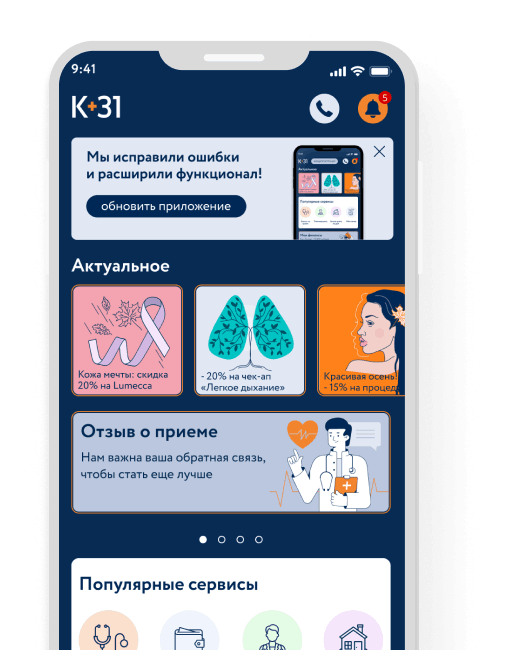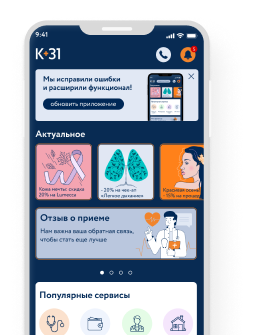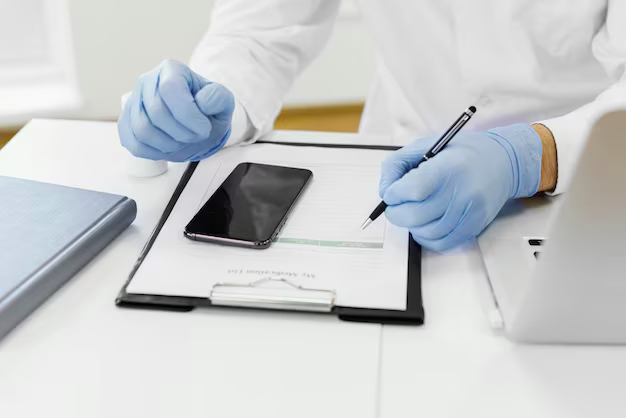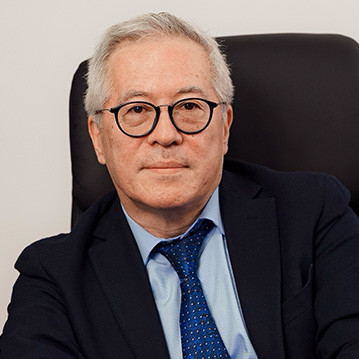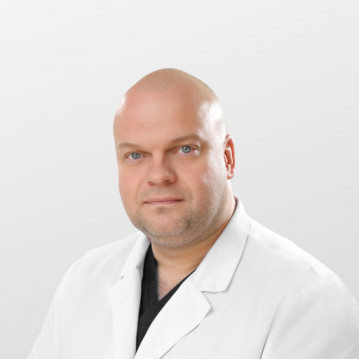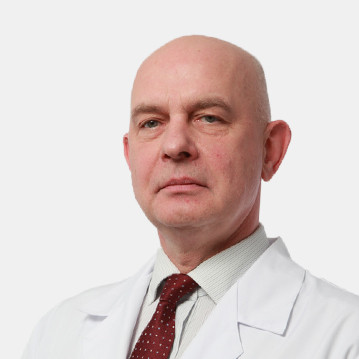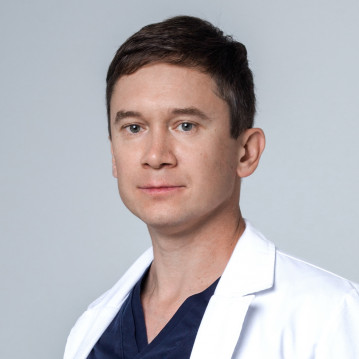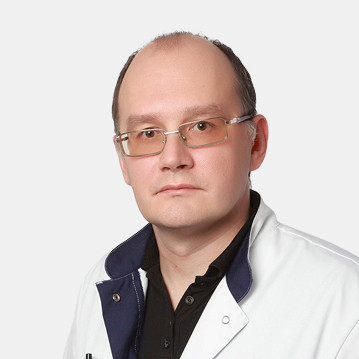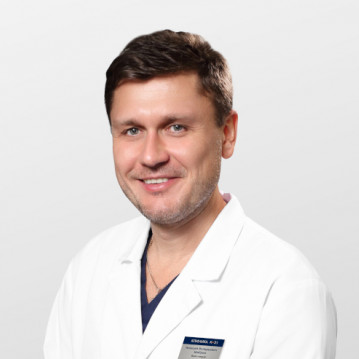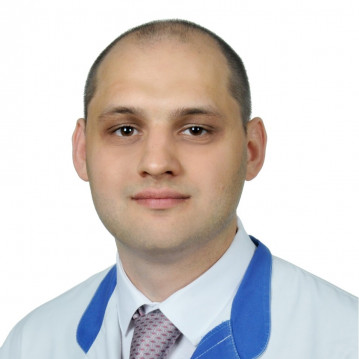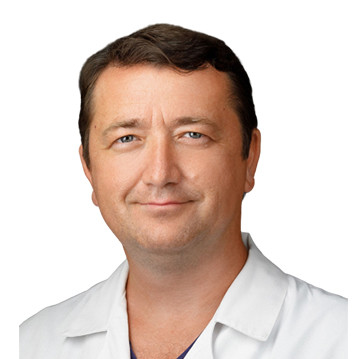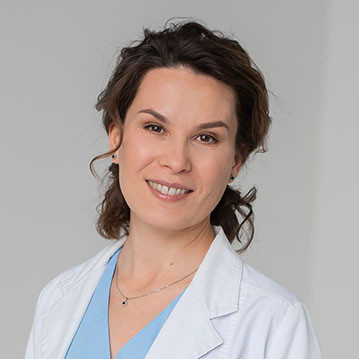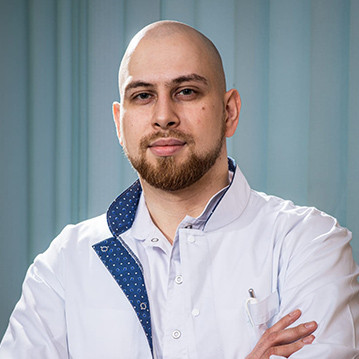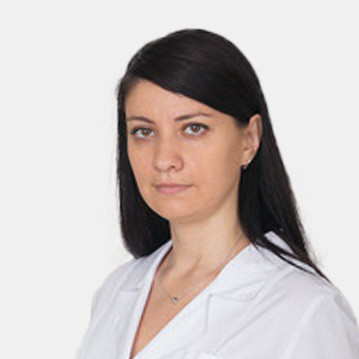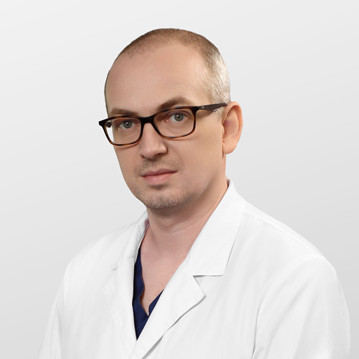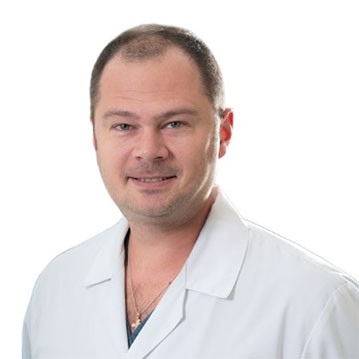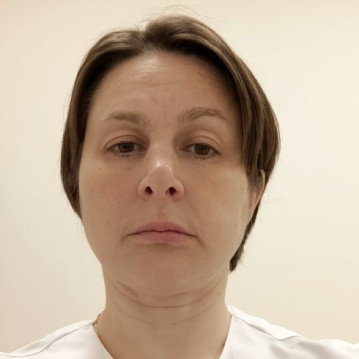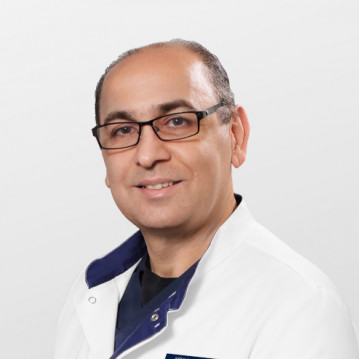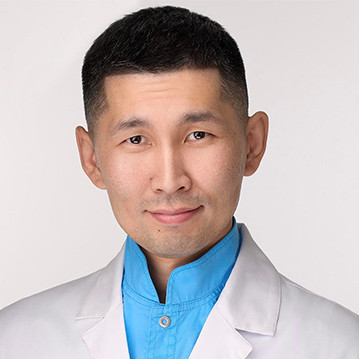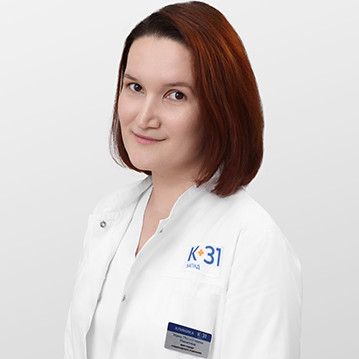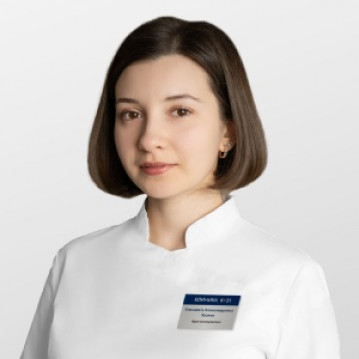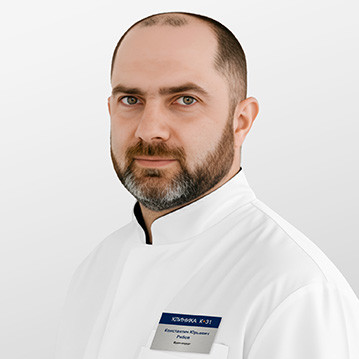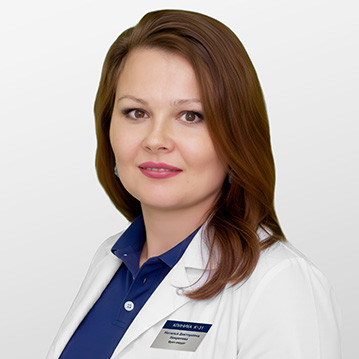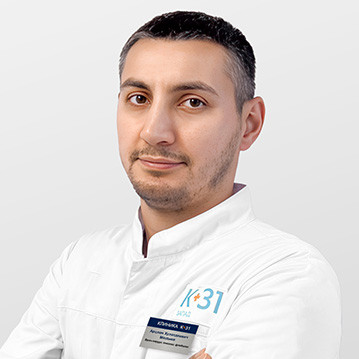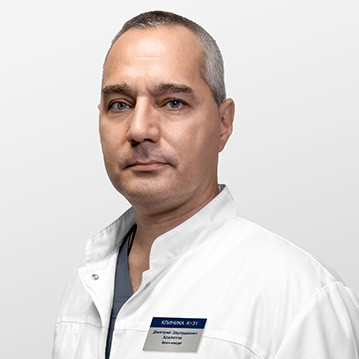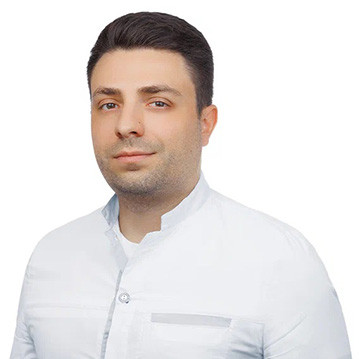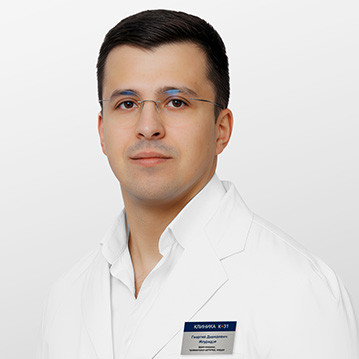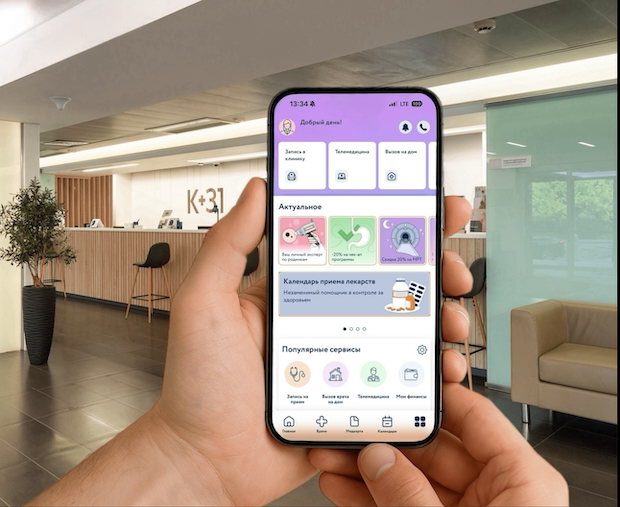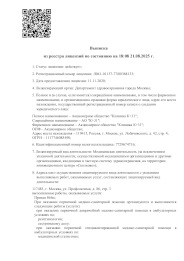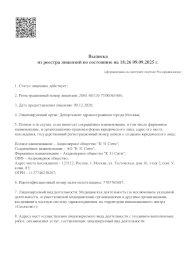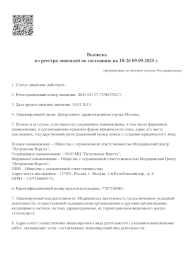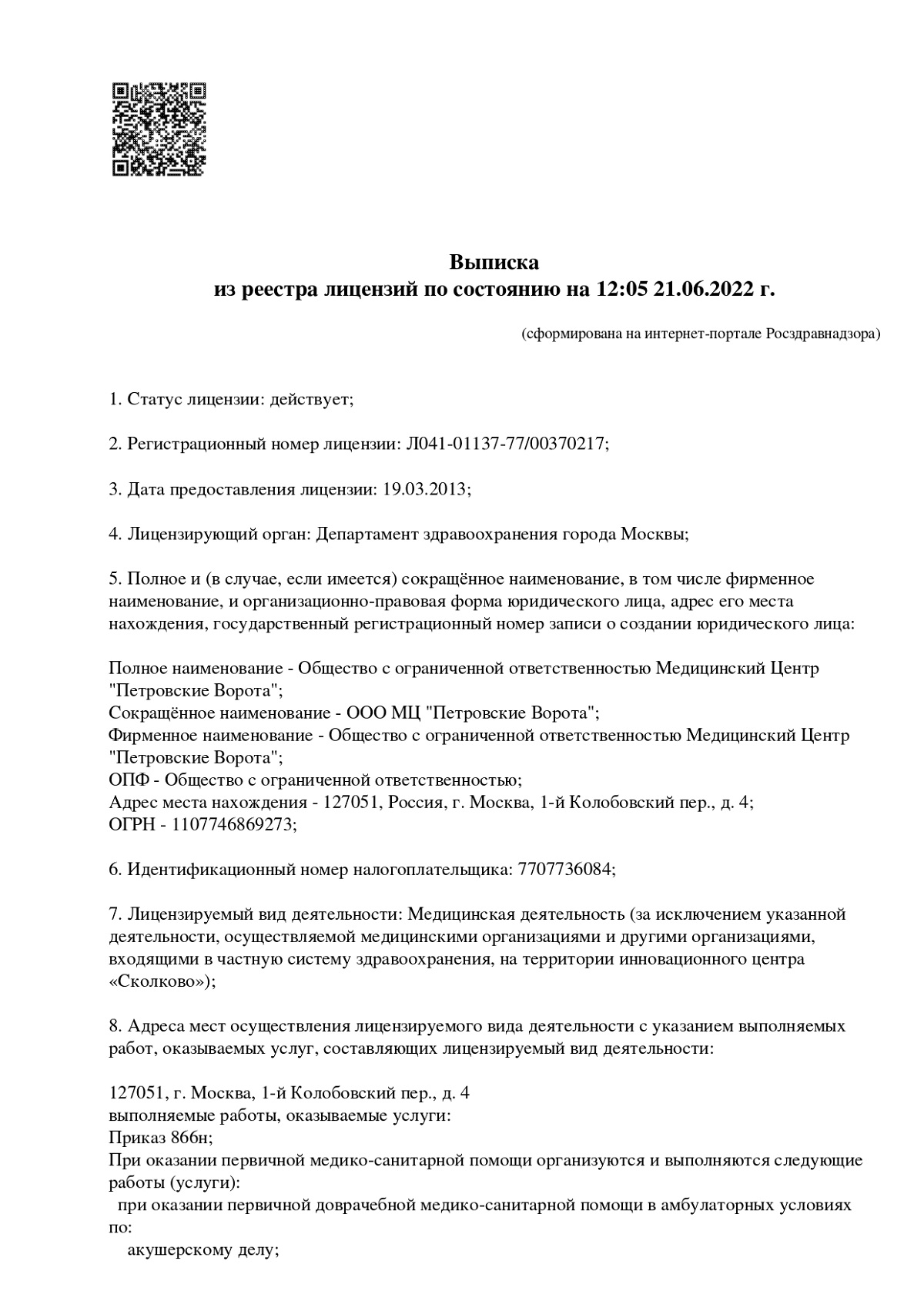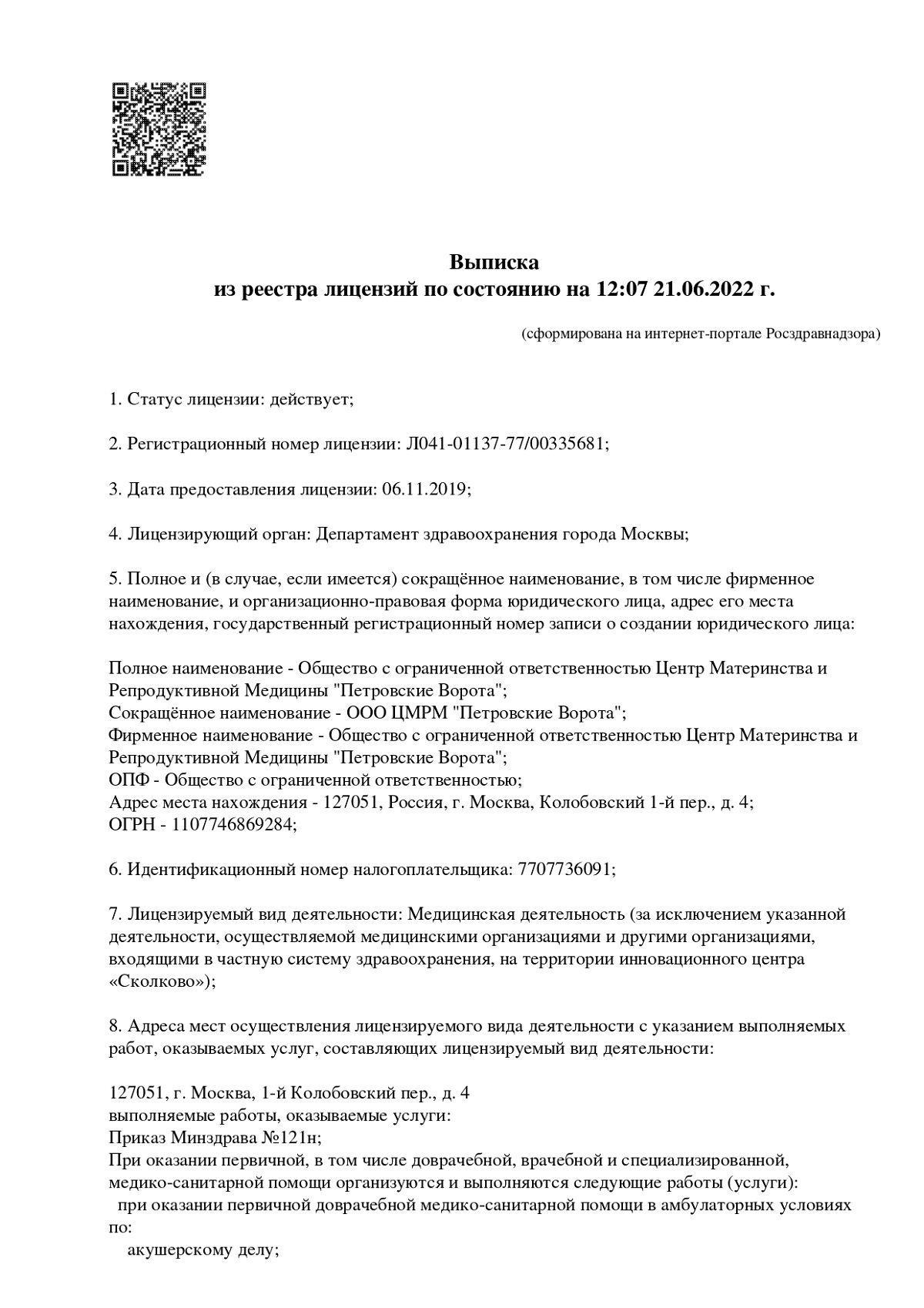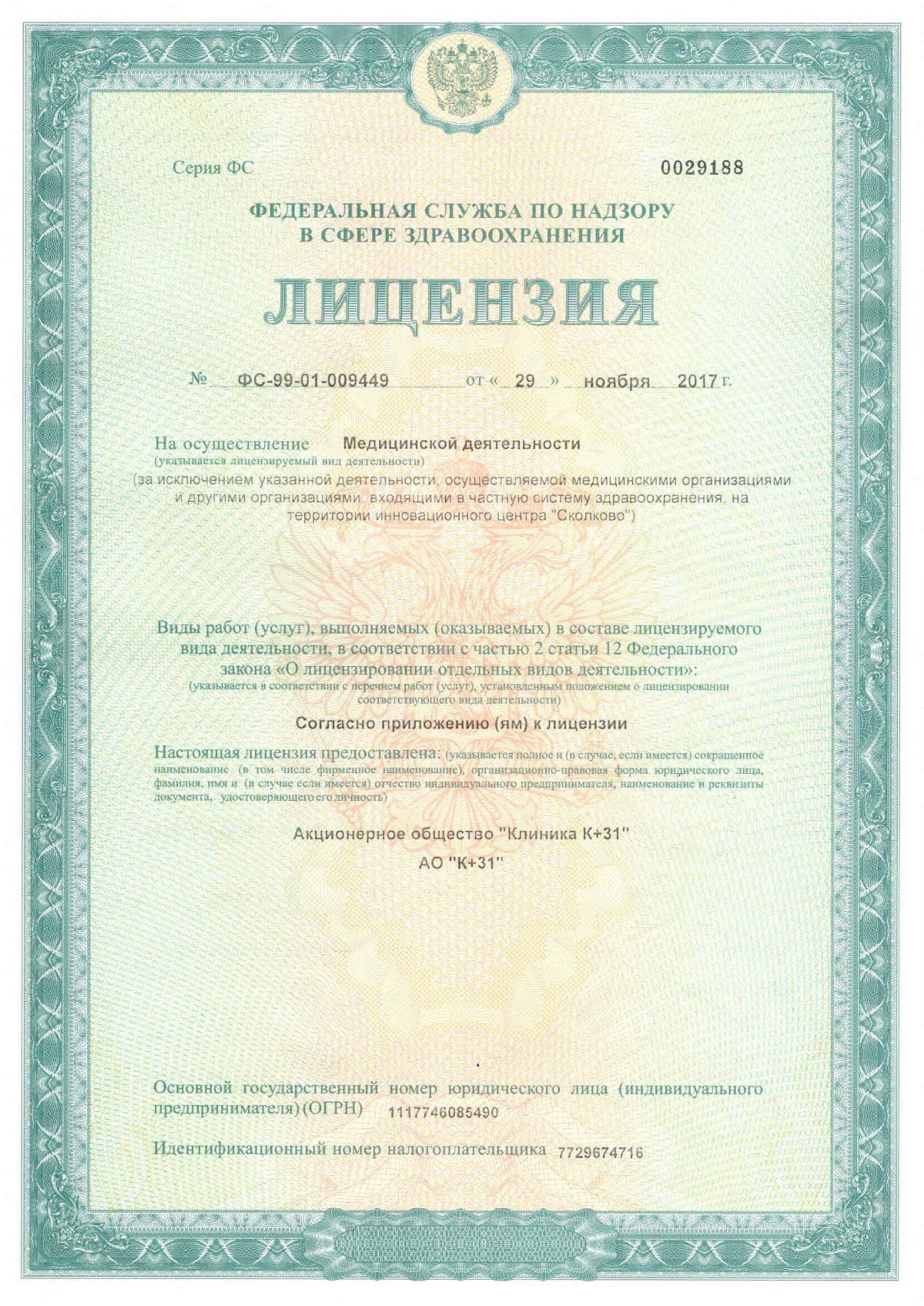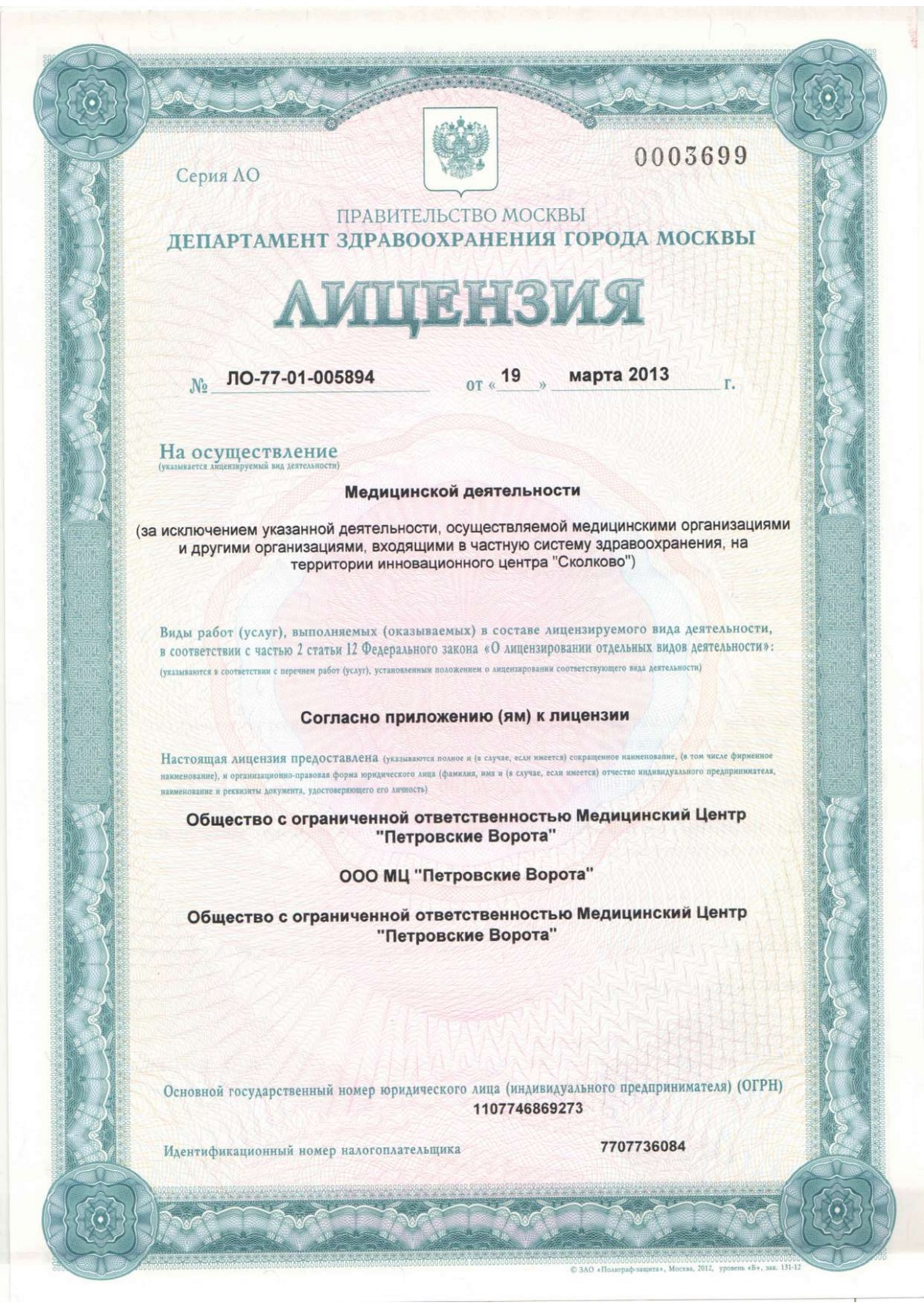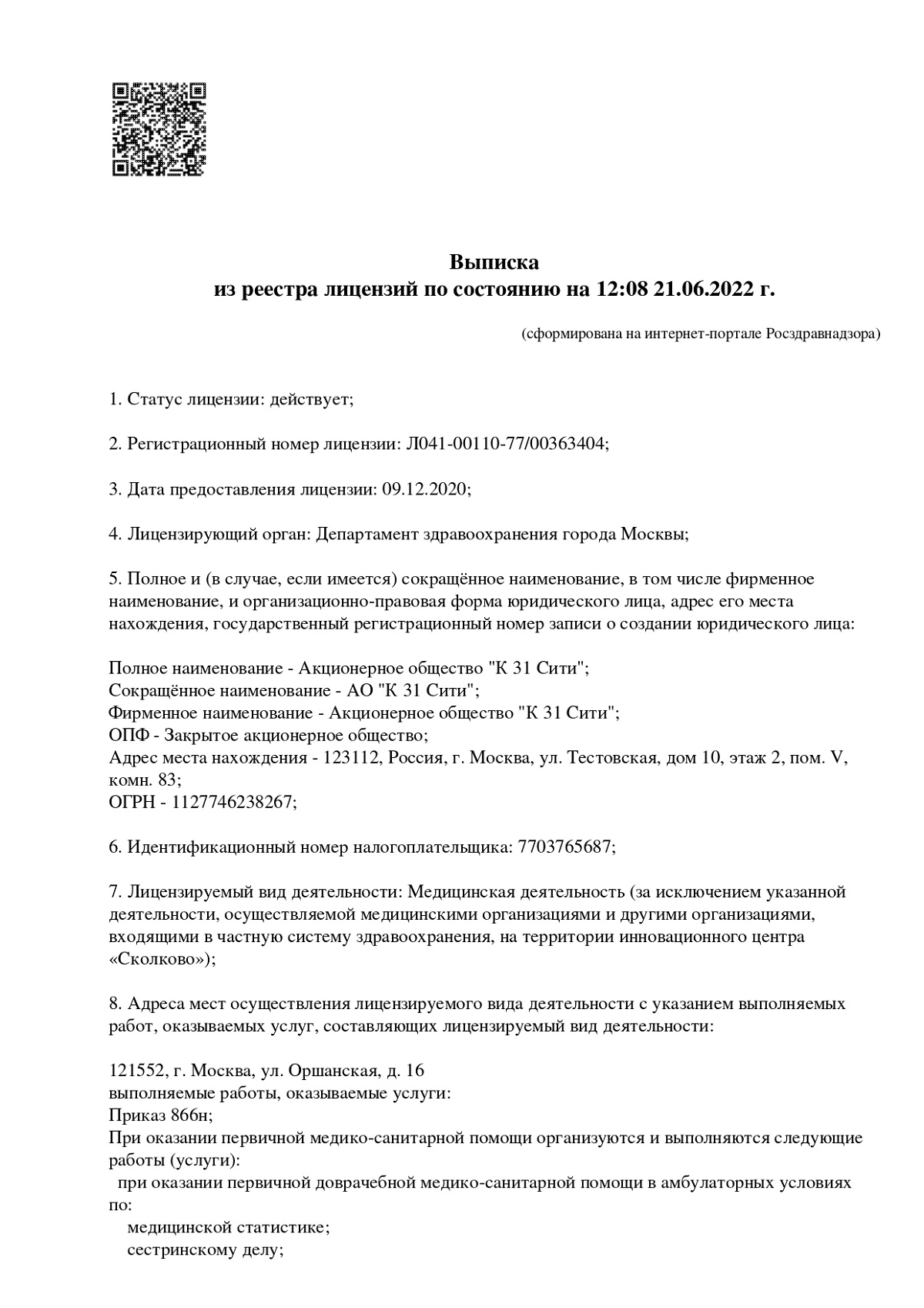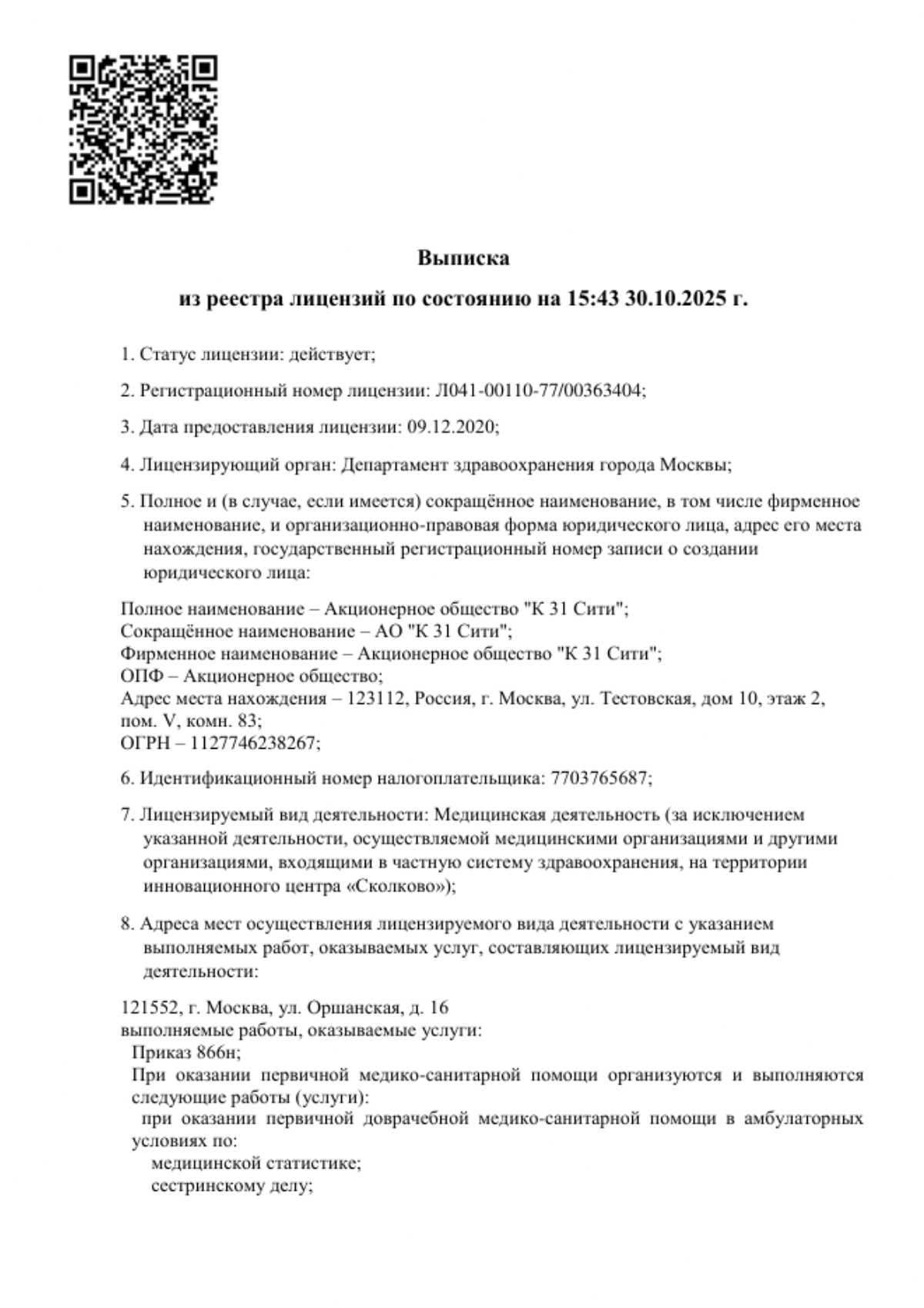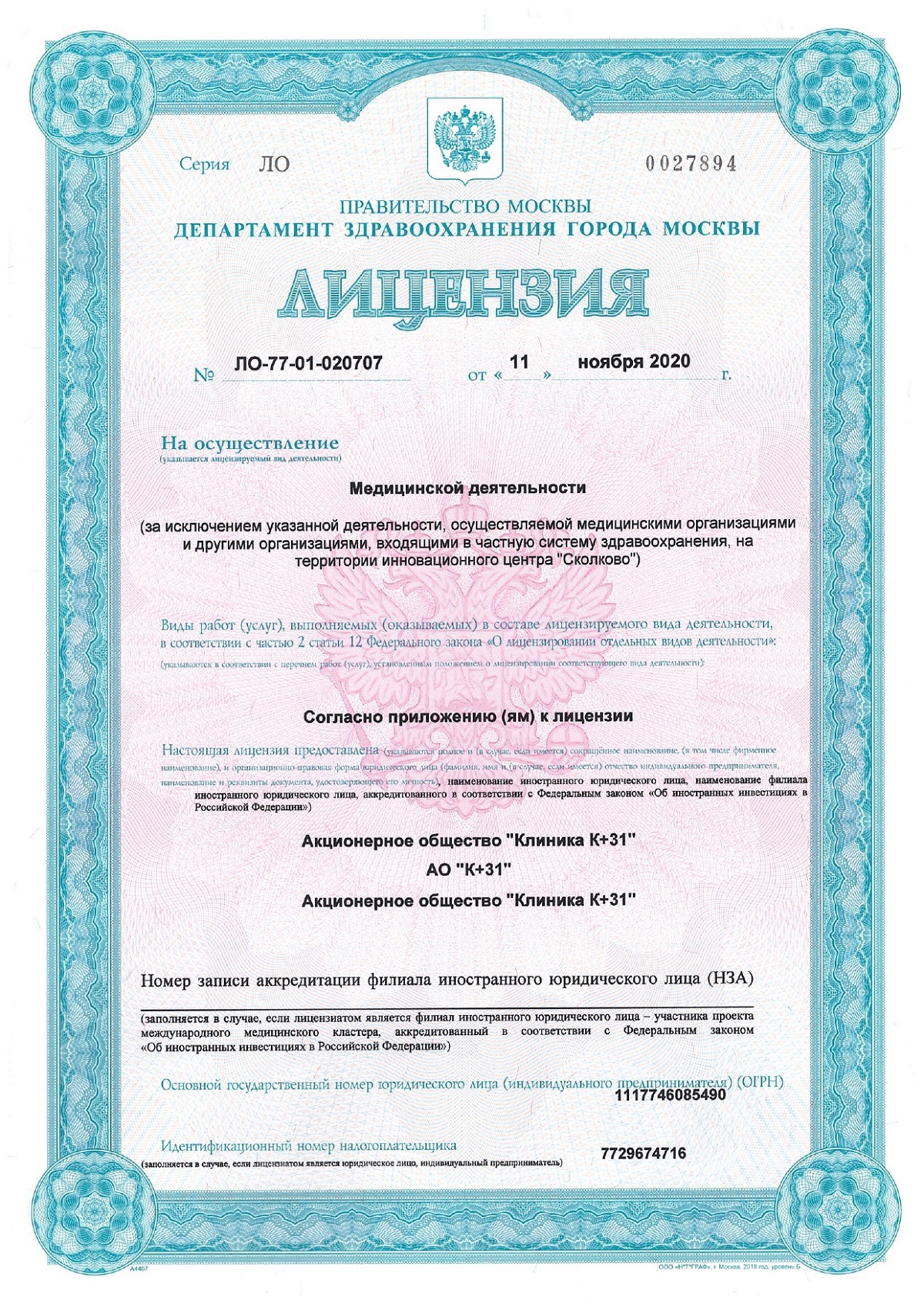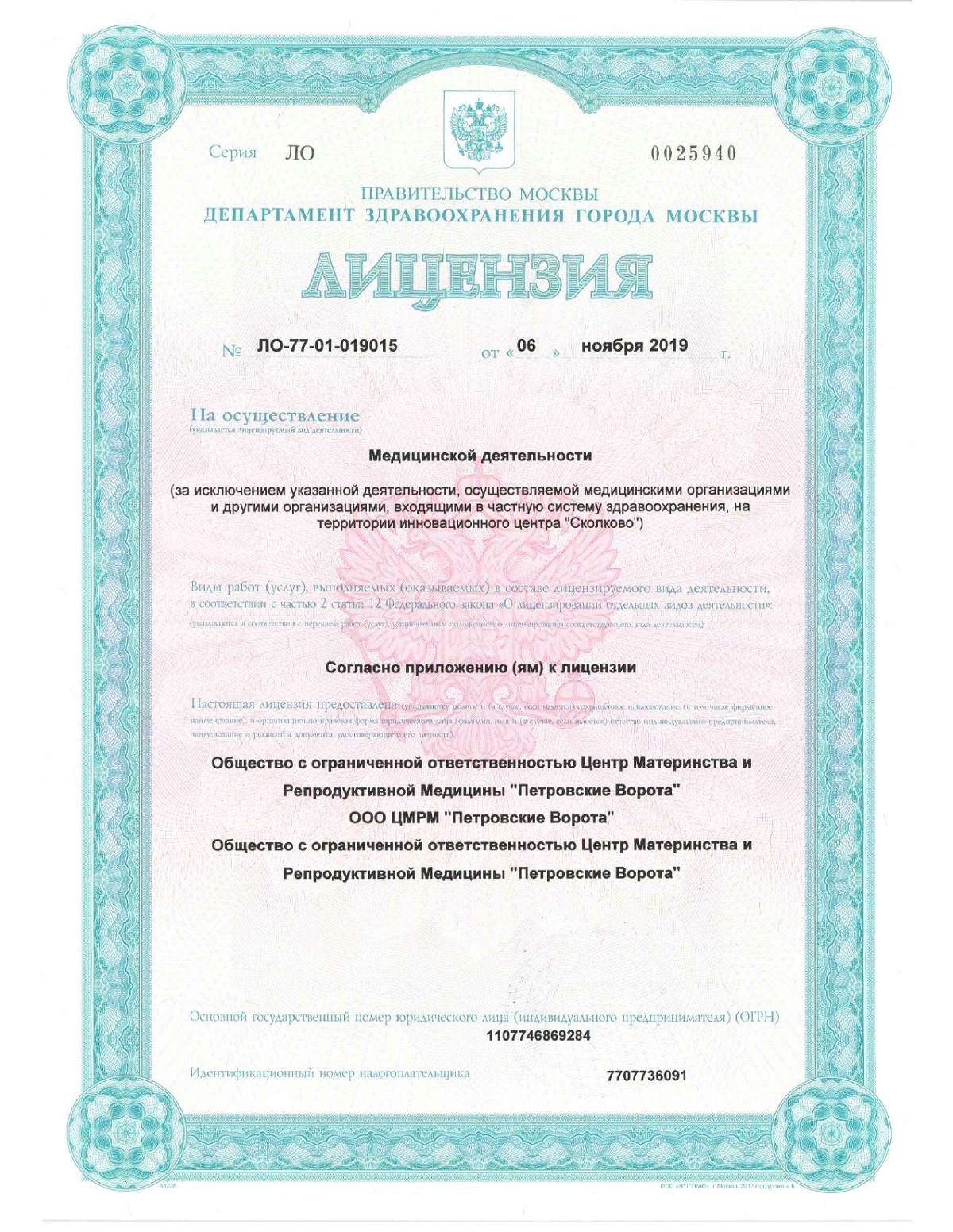Nasal septum correction
In the field of ENT surgery, septoplasty is one of the most popular procedures. The procedure involves straightening the nasal septum to restore nasal breathing. Impaired respiratory function not only significantly reduces quality of life but can also lead to the development of significant ENT conditions such as rhinitis, sinusitis, and otitis.
A deviated nasal septum is a shift away from the nasal center. This problem often develops in childhood and adolescence, when the nose is actively growing, causing irregularities of varying severity. Another common cause of a deviated septum is blows and bruises to the nose.
A deviated septum impedes normal nasal breathing and creates a favorable environment for diseases of the throat, ears, and sinuses. It narrows the space inside the nose and changes the direction of airflow. Constantly disrupting normal circulation causes mucus stagnation, impaired ventilation, and, consequently, the development of inflammatory processes.
Usually, a deviated septum is noticeable during a simple examination of the nose by an ear, nose, and throat specialist. However, hidden deformities are only detected through a specialized examination—an examination of the inner surface of the nose with a small illuminated camera or a 3D scan of the facial bones.

specialists

equipment

treatment

Indications and contraindications for nasal septum correction (straightening) surgery
Mild deviated septum deformities typically do not require surgery unless they interfere with normal breathing or cause complications. Septoplasty is recommended for patients with the following conditions:
- Chronic, persistent runny nose
- Recurring or prolonged inflammation of the paranasal sinuses
- Difficulty breathing through the nose
- Intense snoring and episodes of sleep apnea
- Rough and loud breathing
- Loss of the ability to distinguish smells
- Significant aesthetic unattractiveness of the nose
- Infections and excessive dryness of the nasal mucosa
- Allergic inflammation of the nasal cavity
- Frequent headaches
If at least one of the following symptoms is present A specialist consultation is essential. This will help determine the optimal treatment method, if necessary. There are situations when septal surgery is dangerous or undesirable. These include:
- Acute respiratory infections. Recovery is essential before addressing the septal issue.
- Chronic heart, vascular, kidney, or liver diseases. Surgery is possible, but the patient's health must first be stabilized.
- Diabetes, especially if blood sugar levels are unstable. Consult an endocrinologist and prepare for the procedure in advance.
- Blood clotting problems. Clotting disorders increase the risk of severe bleeding.
- Pregnancy and breastfeeding. It is best to wait until breastfeeding is complete.
- Allergy to medications used for anesthesia. It's important to clarify all necessary details with the anesthesiologist.
The decision to perform or postpone surgery is always made by the doctor after discussing all important issues with the patient. It's important to weigh the risks and benefits together, taking into account the patient's overall well-being and the presence of chronic diseases.
What are the methods for performing septum reconstruction and correction
There are many methods for performing septum correction surgery. Each is tailored to specific individual needs and circumstances. The surgeon chooses the correct technique based on the patient's condition and experience.
It's important to remember that any surgery, even the most minimally invasive, requires careful consultation with a professional, thorough diagnostics, and strict adherence to pre- and post-procedure recommendations.
Traditional methods
The most common procedure is a classic septum correction with a small internal incision in the nasal cavity. The surgeon accesses the septum, corrects any defects, and returns it to its proper position. The advantage of this approach is that the doctor has a clear view of the septum, allowing for maximum precision. The traditional method can correct severe deviations and eliminate large defects. Another significant advantage of classic surgery is that it allows for simultaneous rhinoplasty (nose reshaping).
A less invasive method for correcting a deviated septum is the endoscopic method. This involves inserting a thin tube with a camera into the nose. This allows the doctor to see the entire nasal cavity closely and perform the procedure with maximum precision, leaving minimal damage.
Modern methods
There are several progressive methods for correcting a deviated septum, each with its own characteristics and advantages.
Microsurgery is an innovative technology that allows for the highest level of surgical precision. The entire procedure is performed under magnifying equipment, allowing the surgeon to clearly image the smallest details of the patient's anatomy.
This approach minimizes trauma, reduces the likelihood of errors, and speeds up the recovery period. The work is performed with such precision that it allows for the restoration of the correct septum shape even in complex situations.
Another progressive technique is laser septum correction. This approach involves the use of a special instrument—a laser—that precisely vaporizes the desired area of tissue. The laser beam instantly vaporizes excess cartilage or bone elements, delivering targeted action.
The main advantage of this method is minimal blood loss, accelerated recovery, and the elimination of a lengthy recovery period. The patient experiences less discomfort, and their hospital stay is significantly reduced.
Radio wave therapy is also used for nasal septum correction. It utilizes special high-frequency waves. These pulses allow for gentle tissue stimulation, separating the affected area from surrounding healthy tissue.
The waves destroy the pathologically altered tissue while leaving nearby structures intact. This method minimizes blood loss and promotes rapid recovery, reducing pain and possible discomfort.
Another progressive technique is ultrasound-assisted septoplasty. It involves the use of unique equipment that operates on ultrasound principles. The instrument vibrates, converting solid tissue into a liquid mass, which is then removed.
This method reduces the impact on blood vessels and nerves, minimizing the risk of side effects and complications. The process is virtually bloodless, and the rehabilitation phase itself is much gentler and more relaxing compared to traditional methods.
Modern technologies offer a wide range of options for correcting nasal septum deviations, ensuring safety, effectiveness, and patient comfort at all stages of treatment.
FAQ
Is it true that the nose will become crooked again with age?
There's no guarantee that the crookedness won't recur, especially if there was a genetic predisposition or frequent injuries. However, most patients live their entire lives without experiencing the problem again.
Can toothache occur after septoplasty?
Yes, it does happen. The nerve endings of the upper jaw are connected to the nasal passages. The pain will subside on its own, but if it's severe, it's worth notifying your doctor.
My sense of smell is impaired after surgery. What should I do?
A temporary decrease in smell is normal after surgery. It usually returns on its own within a few weeks. If the problem persists for more than a month, consult a doctor.
How long should I avoid wearing glasses after surgery?
Doctors recommend avoiding glasses for at least two to three weeks. Pressure from the frames can cause the septum to shift back.
Why is my nose getting stuffy again, even though I recently had surgery?
Sometimes the septum can become deviated again. This can happen if the nasal bones are weak or there have been multiple injuries. Doctors advise being careful with your nose and protecting it from impacts.

This award is given to clinics with the highest ratings according to user ratings, a large number of requests from this site, and in the absence of critical violations.

This award is given to clinics with the highest ratings according to user ratings. It means that the place is known, loved, and definitely worth visiting.

The ProDoctors portal collected 500 thousand reviews, compiled a rating of doctors based on them and awarded the best. We are proud that our doctors are among those awarded.
Make an appointment at a convenient time on the nearest date
Price
Other services

